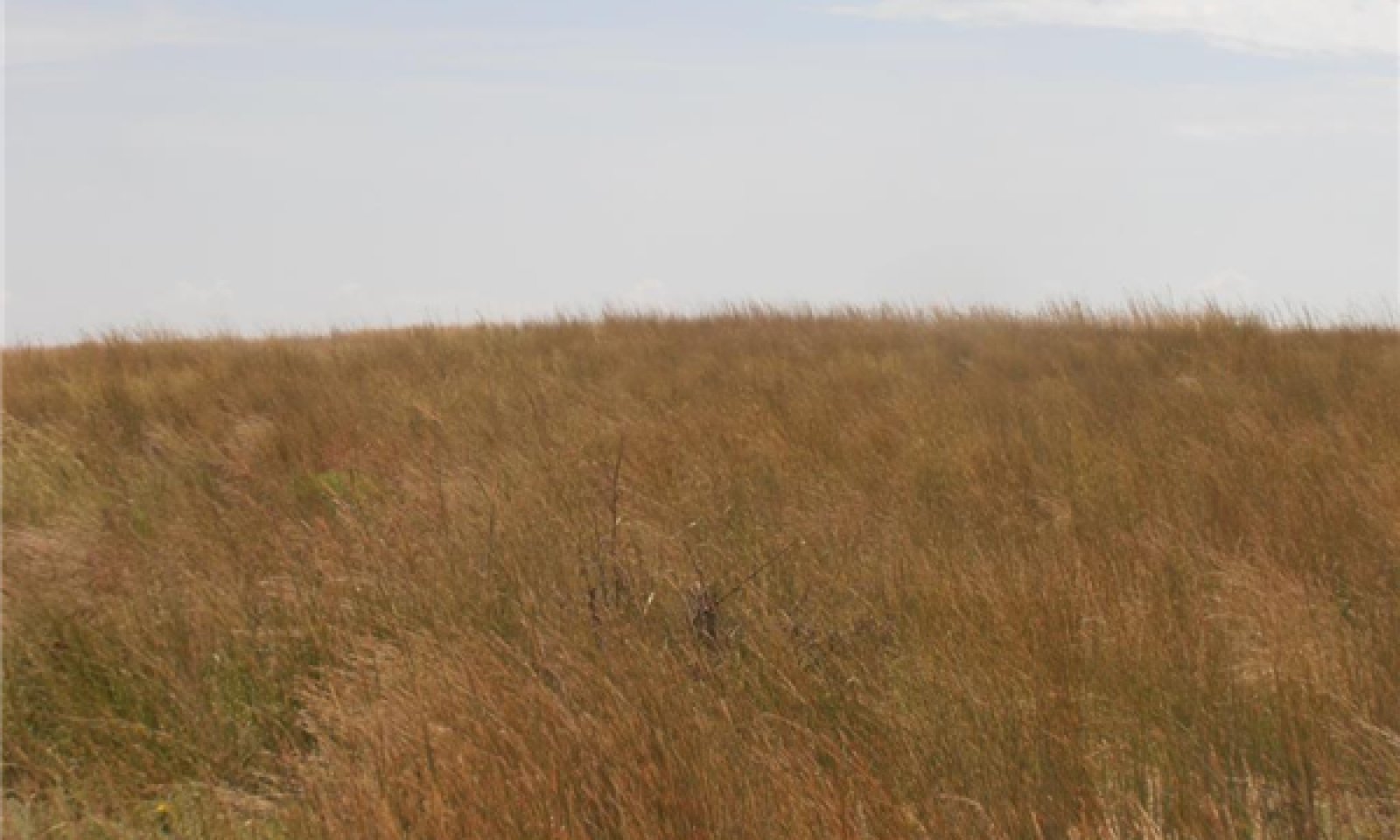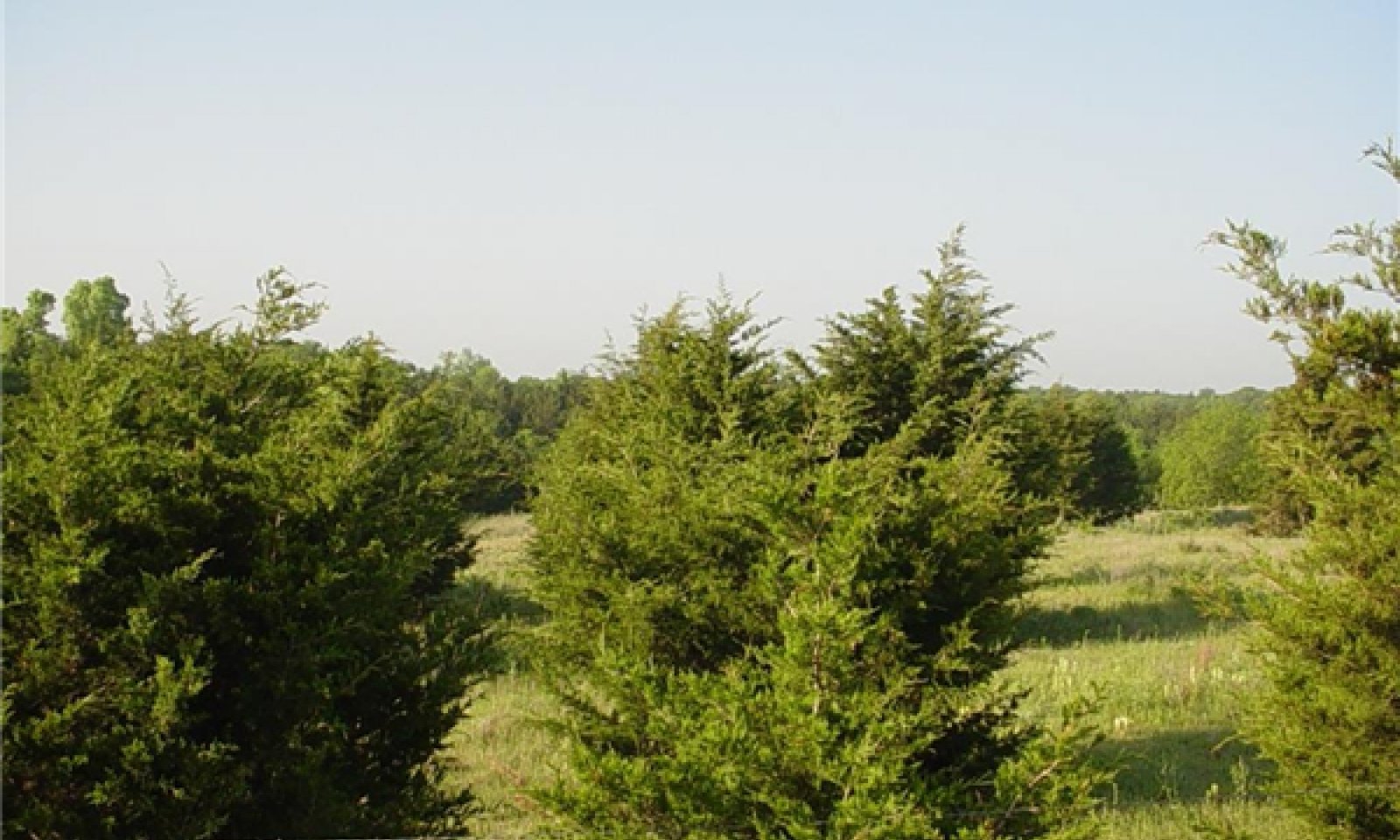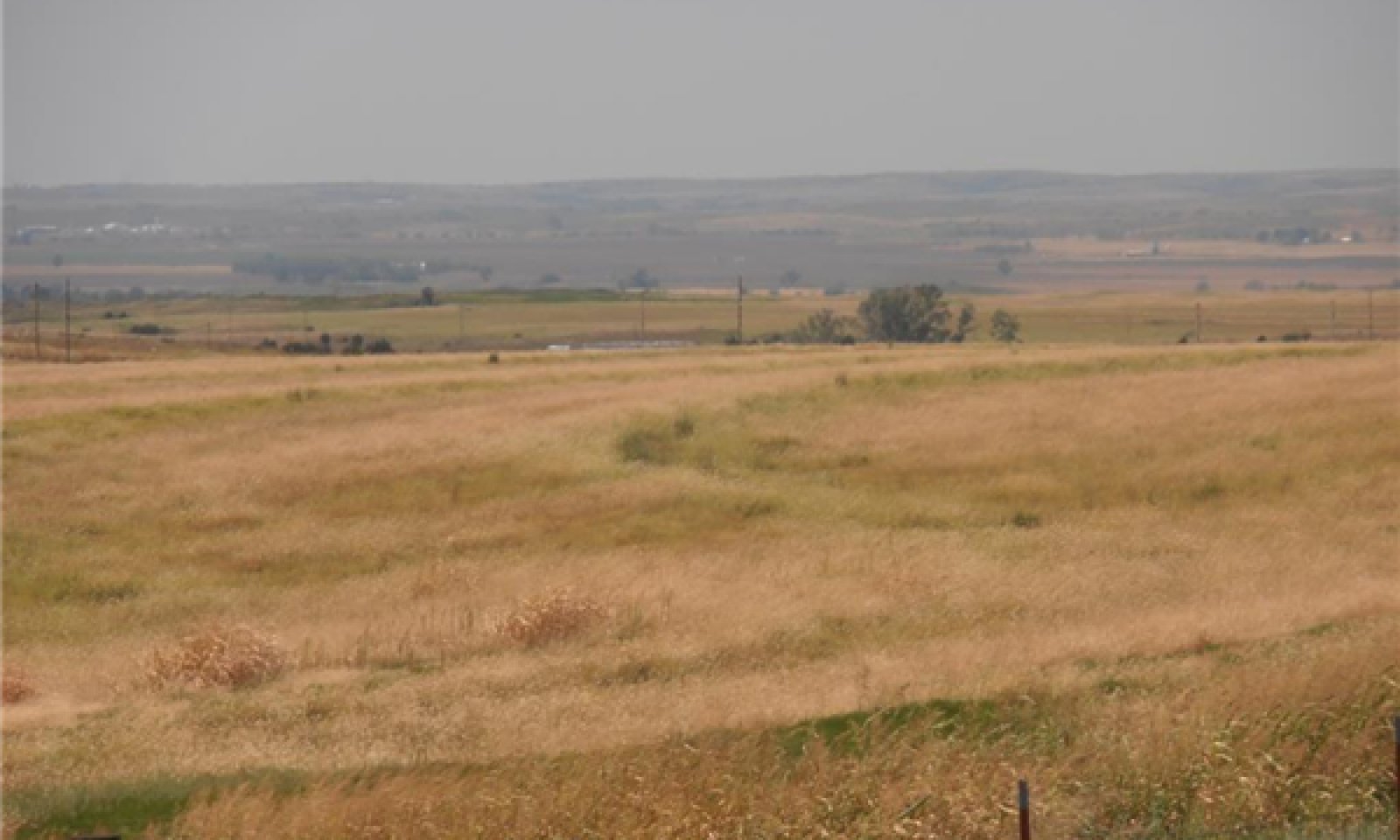
Shallow Upland
Scenario model
Current ecosystem state
Select a state
Management practices/drivers
Select a transition or restoration pathway
-
Transition T1B
Absence of disturbance and natural regeneration over time, may be coupled with excessive grazing pressure
More details -
Transition T1A
Extensive soil disturbance followed by seeding
More details -
Restoration pathway R2A
Adequate rest from defoliation and removal of woody canopy, followed by reintroduction of historic disturbance regimes
More details -
Transition T3A
Loss of soil and site stability
More details -
No transition or restoration pathway between the selected states has been described
Target ecosystem state
Select a state
State 1
Grassland (R)









Description
The Grassland ecological state is the reference state for the shallow upland site. This state and the associated plant community phases represent the historical variability within this ecological site. These plant communities evolved under disturbance for periodic grazing and fire events; therefore woody species, when present, were generally limited to 10% canopy cover.
Submodel
State 2
Woody






Description
This ecological state is the result of the exclusion of fire or alternative brush management from the ecosystem. The removal of this disturbance has resulted in the invasion of woody species, predominately Eastern Redcedar. These evergreen trees have crept into the native grass plant community and now exceed 30% canopy coverage. The hydrology of this site has been altered by this change in vegetation type, and the cedar trees are outcompeting the other species for available resources.
Submodel
Description
The site has been cultivated and worked up for farming. The soil structure, soil health, hydrology, and plant community has been significantly altered.
Submodel
State 4
Eroded




Description
The driver for this ecological state is cultivation. As a result of this cultivation and subsequent rainfall events, at least 25 percent of the original A horizon (Topsoil) of the soil profile has been lost through erosion. Farming practices have ceased and the site has been planted to perennial cover. Most commonly, these perennial species are Old World Bluestem (Bothriochloa ischaemum), Bermudagrass (Cynodon dactylon), or a native grass mixture. There is a large amount of variability within the vegetative production and species present on these eroded sites. This is primarily determined by the amount of the A horizon remaining intact in the soil profile, the duration of the cultivation, and time since cultivation ended. It may take many years of vegetative cover to develop the amount of organic matter and soil structure necessary for plant vigor to return. While some species will thrive on these eroded sites, it is important to remember that the ecological function of these sites will never return to the quality of the reference state.
Submodel
Mechanism
With the exclusion of fire, this site is susceptible to invasion by woody species. While there may be a significant increase in woody plants present in the reference state (Yucca, Sumac, etc.) the principal invader on this site is Eastern Redcedar. This species of tree may invade a site regardless of the grazing pressure and current plant community phase. It grows rapidly and reproduces vigorously. Once the seed source is introduced, this species can swiftly outcompete other native species for resources
Mechanism
Some of these sites were “broke out” for farming purposes during the early to mid-1900s. While the soils on these sites are not suitable for sustained cultivated crops, many original homesteaders were required by law to farm a commodity crop. Others farmed these sites not understanding their limitations or the consequences. With the development of terraces, contour farming, and other erosion control measures, there are still occurrences where the shallow upland site is in current crop production.
Mechanism
The restoration of the woody state (2) to the grassland state (1) requires proper planning to ensure a successful restoration. This process may take many years depending on the degradation of the herbaceous plant community and prior management practices. To restore the herbaceous plant community of the grassland state, the woody species must be removed to restore sunlight to the herbaceous understory and to remove completion for soil moisture. This may be done through mechanical treatment or prescribed fire.
Mechanical treatment (cutting) may be more costly than other methods; however, it is usually a much quicker process. It is important to remember that once the woody species are cut, they must be removed from the site by burning, mulching, or another method. While the skeletons of the cut trees will restrict grazing pressure and allow herbaceous species to grow ungrazed, skeletons also provide a perch for bird species that spread seeds of these invasive trees. These skeletons also restrict access of other equipment, personnel, and some wildlife species.
If prescribed burning is considered as an option for removal of the woody species, careful considerations should be made. Depending on the canopy coverage, size of trees, and fine fuel loads; a prescribed fire may not accomplish the objectives. Many times these are so large that they can only be controlled by a wildfire.
Mechanism
Continued cultivation coupled with significant rainfall events has led to soil erosion. This is an irreversible process and the loss of soil is permanent. To address this issue, many cultivated sites have been reseeded to perennial grass cover in hopes of reducing erosion. The reestablishment of permanent vegetation transitions this site to the “Eroded” state.
Model keys
Briefcase
Add ecological sites and Major Land Resource Areas to your briefcase by clicking on the briefcase (![]() ) icon wherever it occurs. Drag and drop items to reorder. Cookies are used to store briefcase items between browsing sessions. Because of this, the number of items that can be added to your briefcase is limited, and briefcase items added on one device and browser cannot be accessed from another device or browser. Users who do not wish to place cookies on their devices should not use the briefcase tool. Briefcase cookies serve no other purpose than described here and are deleted whenever browsing history is cleared.
) icon wherever it occurs. Drag and drop items to reorder. Cookies are used to store briefcase items between browsing sessions. Because of this, the number of items that can be added to your briefcase is limited, and briefcase items added on one device and browser cannot be accessed from another device or browser. Users who do not wish to place cookies on their devices should not use the briefcase tool. Briefcase cookies serve no other purpose than described here and are deleted whenever browsing history is cleared.
Ecological sites
Major Land Resource Areas
The Ecosystem Dynamics Interpretive Tool is an information system framework developed by the USDA-ARS Jornada Experimental Range, USDA Natural Resources Conservation Service, and New Mexico State University.


